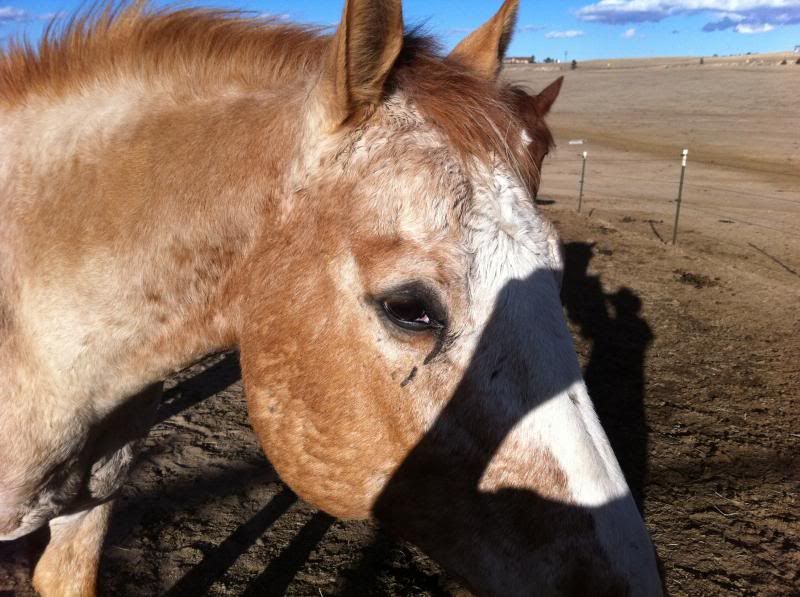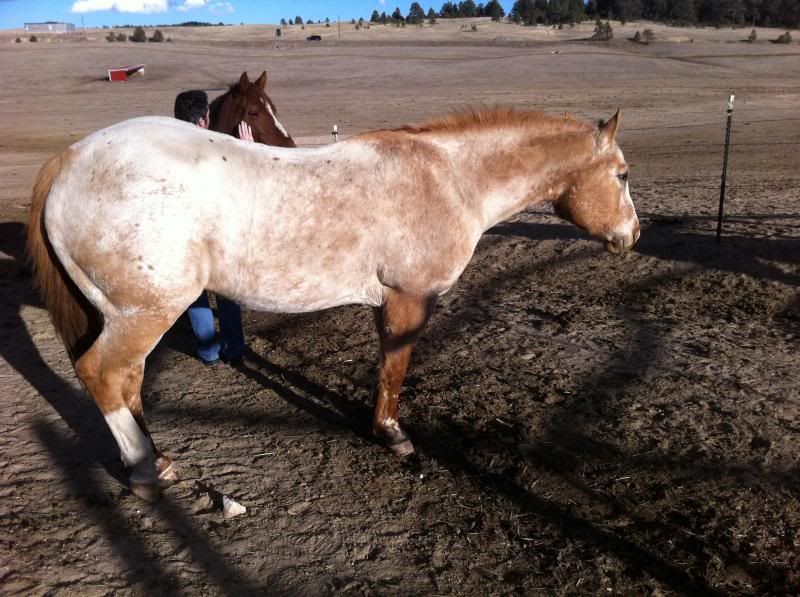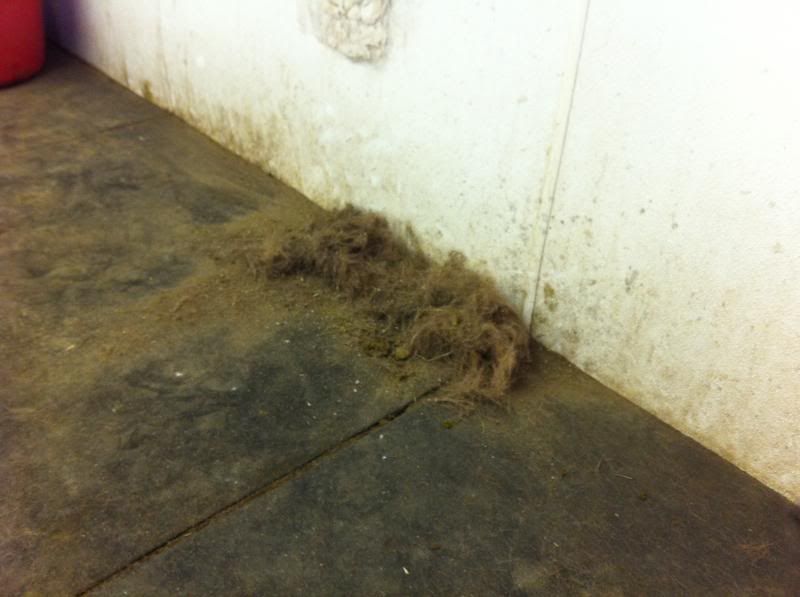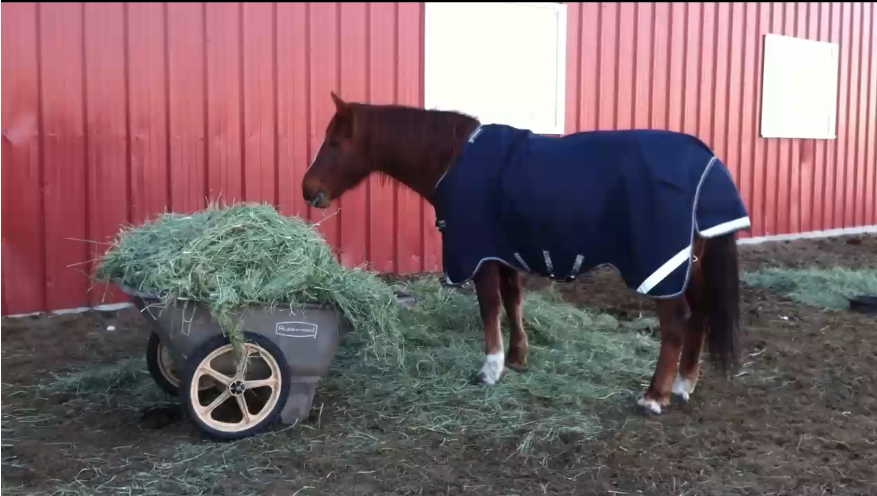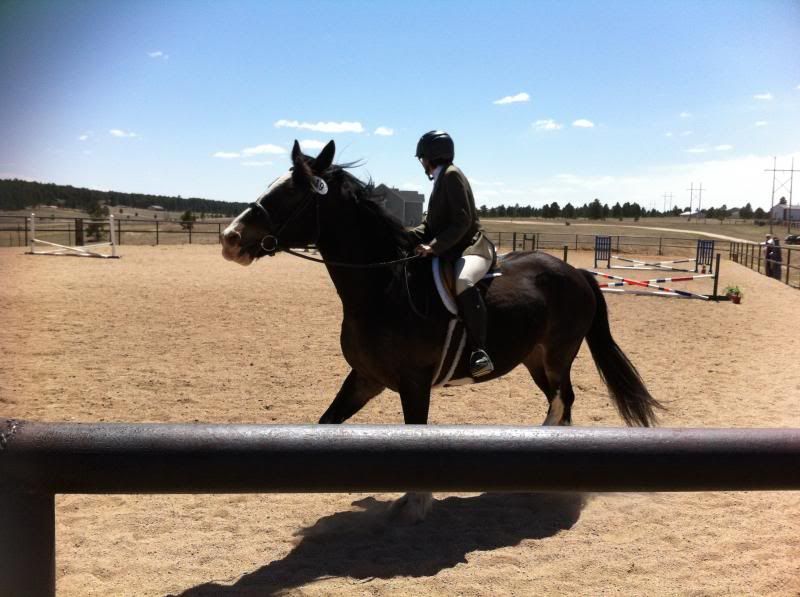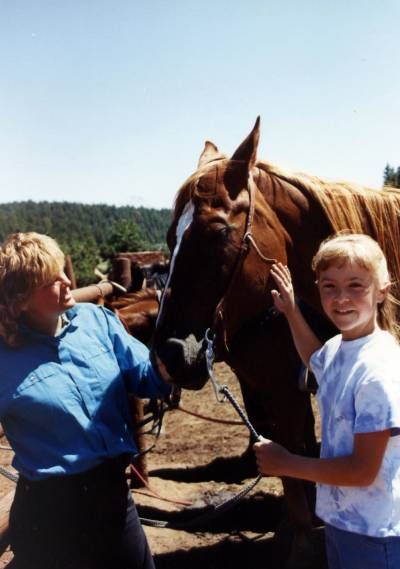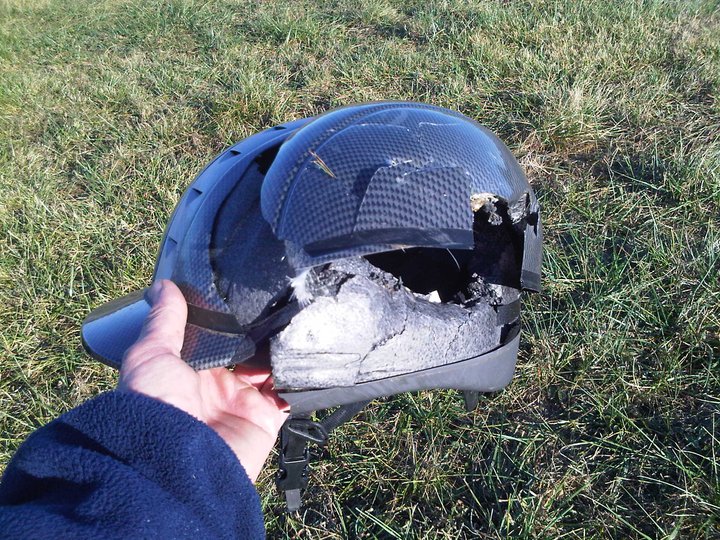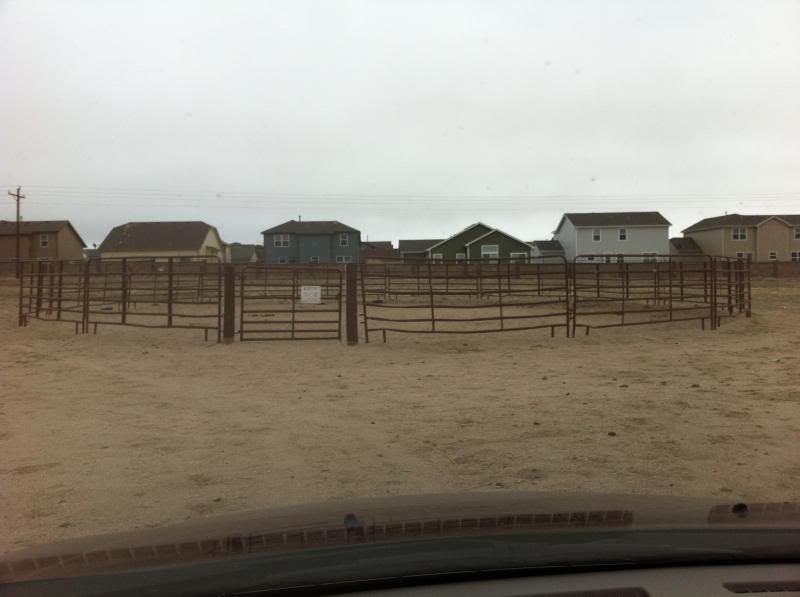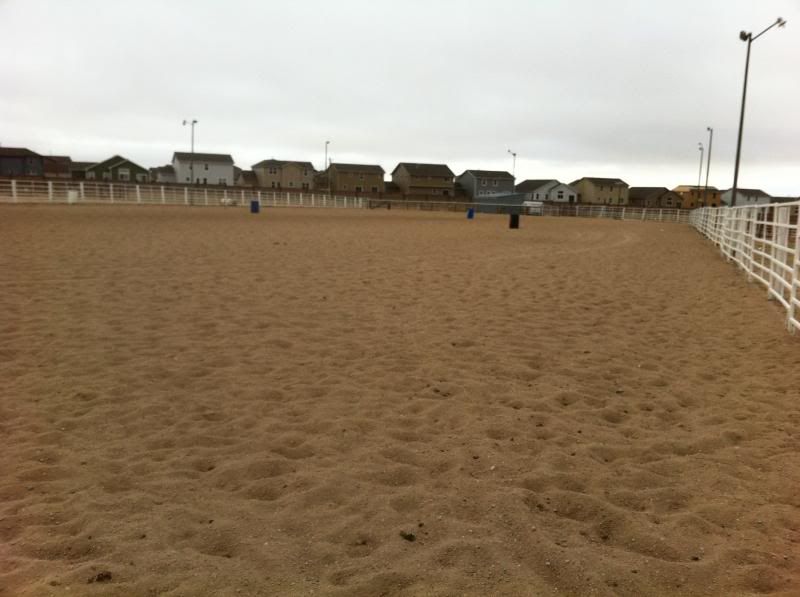430-354 B.C. This was the time of Xenophon the Athenian soldier who, among many other accomplishments, wrote one of the oldest and still relevant works on horsemanship.
I think this website wrote about Xenophon and his horsemanship book so well that I will just cut and paste. This article describes the book chapter by chapter. I've already ordered the book, looking forward to reading it!
On the Art of Horsemanship comes to us from
360 B.C.E., the work of the Athenian cavalryman Xenophon. It is the oldest known
text on horseback riding still in existence, and the first work known to
emphasize training techniques that account for the state of the horse's psyche
as well as his body. The work is divided into eleven chapters, and deals with
the purchase, care and training of horses. It also deals, to some extent, with
the construction of stables and the equipment needed for several aspects of
horsemanship.
For the purposes of this project, I examined two
translations of
On the Art of Horsemanship. The first is Stefan Welebny's
translation at
HorseClick.com.
The second is E.C. Marchant's translation at the
Perseus
Digital Library. Each translation features its own individual strengths and
weaknesses. What follows is a brief summary of and commentary on the chapters of
On the Art of Horsemanship, based on these translations.
(1)
How to Buy a Young Horse: Xenophon opens his treatise with the assumption
that the reader is to purchase a young horse, as yet untrained. It is in this
chapter that he makes the first reference to the lost treatise by Simon. As his
recommendations for purchasing a young horse, Xenophon details the strengths the
animal should possess and the flaws that should be avoided. What we are given is
the image of an attractive but compact animal, with a strong, heavy body and
neck, small head, and long legs. The hooves are to be strong as well, with thick
walls and curved soles. Xenophon warns against purchasing a horse whose legs are
too straight or too sharply angled, citing these faults as weaknesses that will
lead to frequent inflammation and other infirmities of the legs. He also warns
against purchasing a horse with a "hollow hoof," though it is somewhat unclear
what he means by this. Marchant, in his translation, notes that though Xenophon
warns against the purchase of horses whose hocks are angled inward, animals with
this conformation are often good trotters. Nevertheless, this type of angle in
the legs is still considered a conformation fault by the modern
rider.
(2) On the Education and Training of Young Horses: As one
might expect, the next step in horse ownership is the training of the young
horse. This chapter, however, is somewhat problematic in that it withholds as
much information as it offers. It opens almost immediately with the statement
that all people know young horses are sent to trainers, rather than be broken in
by their masters. Xenophon gives almost no information on this process, saying
only that it is the master's responsibility to outline the skills a young horse
must learn, and the period of time in which he must learn them. He also
emphasizes here, for the first time, that the horse should learn to trust its
handlers and designates this as partly the responsibility of the groom. He
advises that the groom should handle the horse with kindness, stroking it and
taking it out into various and strange places so that it learns to enjoy human
contact and to be unafraid of unfamiliar areas. If a horse reacts in fear to
anything, its handler is to reassure it rather than punish it. In this way,
Xenophon insists, the horse will learn that there is no need for fear and come
to trust its human handler.
(3) Guidelines for the Purchase of a
Trained Horse: This chapter deals with the desirable traits and skills of a
trained horse, should the reader prefer to purchase an adult animal instead of a
foal. Just as a prospective horse owner must do today, the buyer should confirm
the age of the animal--something that can be done by examining the state of its
teeth--and should examine its overall health and soundness. Xenophon recommends
that the horse be handled and ridden in several ways before purchase in order to
determine its temperament and its level of training. In this chapter, one is
left with the impression that a prospective buyer could indeed try the horse
before making the purchase, as Xenophon outlines several exercises with which
one can test the animal's fitness and training. He also reminds the reader that
horses who have not been trained to do certain activities, or who are sound but
not as fit as the buyer might like can be trained to fulfill their prospective
owner's desires. The buyer is also left with a warning against the skittish or
lazy horse and the trouble that such animals can cause.
(4) On Horse
Care: Here, we are offered a glimpse at the state of the Athenian stable
through Xenophon's recommendations on the care and keeping of horses. He
recommends keeping the stable somewhere that the owner can visit daily. In this
way, the owner can observe his horse's behavior and ensure that grooms are not
duplicitous. Furthermore, he states that one should situate the horse's feed bin
in such a way that he can see if the horse throws his feed, citing this behavior
as an indication that the horse needs rest or medical treatment. Whether the
horse was loosed or tied elsewhere in his stall after morning feed is somewhat
difficult to determine, due to the possibility of both meanings in the Greek
text. The design of the stable flooring and yard should promote strong hooves,
and it is Xenophon's belief that a horse kept on a surface of smooth rocks
somewhat larger than his hooves will develop strong hooves and be better able to
cope when asked to go on difficult terrain. Note is also given to the need for
keeping the horse's mouth soft.
(5) Directives for the Groom:
Xenophon's directives include fastening the halter so as to avoid rubs, keeping
the areas in which horses are stabled clean, and the handling and grooming of
horses. He recommends that a horse be muzzled when led or groomed without a
bridle, in order to prevent biting. Xenophon also recommends tying leads above
the horse's head, so that if the horse tries to shake the halter off the straps
will not break. A groom is expected to begin cleaning the horse by currying his
head, mane, neck and body. Certain areas of the body are to be cleaned with all
grooming instruments, against the stroke of the hair, but Xenophon recommends
minimal or no grooming of the back, belly and legs because these areas are
sensitive and the legs are liable to become soiled almost immediately after
cleaning. The forelock and head are to be washed with water, as well as the mane
and tail. As riders today will recommend, one should face towards the horse's
tail when grooming it, for safety and to facilitate the easy lifting of the
animal's feet. One should also be careful not to approach a horse from directly
in front of his head or behind his head, for fear of startling him. When led, a
horse should walk at his handler's shoulder for the sake of control. Bridling
should be done from the left, and a bridled horse should not be led by a single
rein, as this makes one side of the mouth harder than the other. Riders should
learn to mount themselves, without the aid of a groom or of the horse kneeling,
and horses should never be punished in anger.
(6) About Riding:
This chapter provides many suggestions on exercising the horse, and several of
these methods are still in use today. Logically, Xenophon begins with the proper
method of mounting a horse. A rider should be careful to alight slowly and
should also be able to mount from either side. When mounted, the rider should
sit with his legs positioned as though he were standing, and the leg from the
knee down should remained relaxed and not braced against a horse's side. The
body from the hips up must also be flexible. The horse is to be trained to stand
quietly while a rider organizes himself, and when the rider is ready to proceed,
he should begin with a walk. A rider should be able to encourage his horse to
carry his head properly by raising his hands to raise the horse's head, or
lowering them to achieve the opposite effect. The horse should stretch out
naturally at the trot, so that he can break smoothly into the gallop. Clearly,
the Greeks understood the idea of the leading leg at a canter or gallop, as
Xenophon directs the rider to signal for the gallop when a horse is prepared to
lead with the proper leg. Xenophon recommends exercising in a circle because the
horse must work at remaining balanced and responsive to its rider. When the
horse has performed satisfactorily, the rider should then reward it by ceasing
work. A rider should also practice starting and stopping suddenly, and forcing a
horse away from other horses. The rider should dismount away from other horses
when finished, but he should dismount in the area where he exercised the
horse.
(7) Training the War Horse: With the basics of training
recorded, Xenophon can now continue onto the more difficult behaviors that must
be taught to the war horse. He begins with a discussion on teaching a horse to
jump. The rider should first lead a horse to a ditch, then jump over it himself
and encourage the horse to follow. If a horse will not jump after its rider, a
groom should strike it from behind to encourage the horse to jump forward over
the ditch. Once the horse has learned to jump, the rider should introduce him to
ditches of different sizes and signal him to jump them with a light spur.
Xenophon continues with a discussion of training a horse in working downhill,
beginning on soft footing and progressing to more difficult terrain. The rider
should lean forward for balance when the horse transitions to a gallop, and lean
back when halting. He should also hold the horse's mane when jumping to leave
the effort unobstructed, and lean back when going downhill to help the horse
maintain its balance. Xenophon encourages varying the length of and location for
exercising the horse. He also recommends hunting or war games with other riders
to help train a war horse. Again, he admonishes the rider to reward a horse when
he is obedient and to punish him only when he is not.
(8) On the
Treatment of Spirited Horses: This chapter seems almost like a concession to
a stubborn reader, as Xenophon repeatedly insists that it is best not to buy a
spirited or lazy horse at all. Nevertheless, he does offer advice on the
handling of such animals. In essence, he advises the rider to be gentle with a
spirited horse, for suddenness can startle or anger the animal. He also
recommends long, sustained rides to help tire and calm the horse. One should not
race a spirited horse because it excites him. The smooth bit is recommended. If
a harsh bit is used, it should be handled very lightly so as not to jolt the
horse. The rider should have a quiet seat and teach the horse to respond to
spoken commands rather than legs and hand. He must also be able to calm the
horse by voice. Xenophon reiterates that a spirited horse is a poor choice for
war, then closes with the statement the opposite strategies are needed in
working with a lazy horse.
(9) On the Noble Bearing of the Horse:
This chapter largely describes how to train a horse to carry himself
properly--head high and neck arched, with the body collected and ready
underneath the rider. Xenophon's first instruction is to avoid pulling with the
bit or striking the horse when attempting to achieve this carriage. One should
instead use the reins lightly to encourage the horse to arch his neck and move
freely and gracefully. Xenophon recommends using two bits, one smooth and one
rough. These bits are intended to be used separately, rather than at the same
time like the modern double bit. Each bit is intended to hang in the horses
mouth in such a way that, in order to escape the pressure of it, the horse
carries his head in the proper place. The bits should be jointed in order to
have a better effect on the horse's mouth, and once a horse has achieved the
desired carriage, the rider should loosen the rein to reward him. A properly
collected horse should not be given rough or angry signals, but instead gentle
ones because he is prepared to move forward in an instant. Xenophon next
describes the means by which one can ask a horse to move forward most
impressively--that is, by holding him back with the reins but urging him forward
with the legs, resulting in the horse lifting his legs high in front of
him.
(10) How a Gala Horse Should Look Like: Here, Xenophon
explains what a rider should encourage a horse to do when it is on display.
Xenophon describes a horse with supple legs and a short and powerful body as the
best horse for display, because he is best able to achieve a graceful step. One
should encourage the horse to lift his legs naturally, without striking at him,
and reward the horse when he is successful by loosening the rein. When the horse
has worked hard and well, the rider should immediately dismount and remove the
horse's equipment to reward him. The leader of any riding troop should also
encourage the members of his group to ride and present themselves beautifully.
This can be encouraged by the lead horse stepping out well, as the horses that
follow are likely to imitate its behavior.
(11) On the Arms of a War
Rider: The final chapter of
On the Art of Horsemanship details the
manner in which a horse and rider should be equipped for battle. Xenophon
admonishes the rider to have well-fitted armor and encourages that the left
arm--which holds the reins--be well-shielded, while the right arm and the
rider's midsection should be armored in such a way that leaves them flexible but
protected. He details the materials needed to shield each part of the body, and
recommends various designs that are best suited to mounted combat. The horse
should also be armored at the forehead, chest and haunches. Xenophon recommends
a curved sabre and short javelins for weaponry, and encourages the rider to
throw his javelins before actually meeting with the enemy, then wheel back
towards his own army in order to avoid injury to himself or his horse. He states
in closing that his treatise covers the basic knowledge that riders should
possess, and informs the reader that further information can be found in
On
the Cavalry Commander.
Each translation of Xenophon's
On the Art
of Horsemanship has left me with several questions regarding the state of
knowledge and skill of the Greek horseman, some of which will be answered in the
other sections of this site. A few of the more prominent questions are in regard
to the early education of the horse. What methods were utilized to break horses
in, and how long did the initial training take? What status did the horse
trainer hold in Greek society, and what skills were trainers typically expected
to teach young horses? I am also curious as to the circumstances under which
trained horses were sold. Were they sold at actions, in the market or at fairs,
or was it a private transaction between seller and buyer? Were horses bought by
trainers as youngsters to be sold for a profit as trained adult animals? Under
what circumstances could a prospective buyer try the horse? Under what terms
could a buyer demand his payment for the horse be returned? I also find myself
curious about the maneuvers a war horse was trained to employ in battle, and to
what extent any of these maneuvers survived beyond the times of Ancient
Greece.
